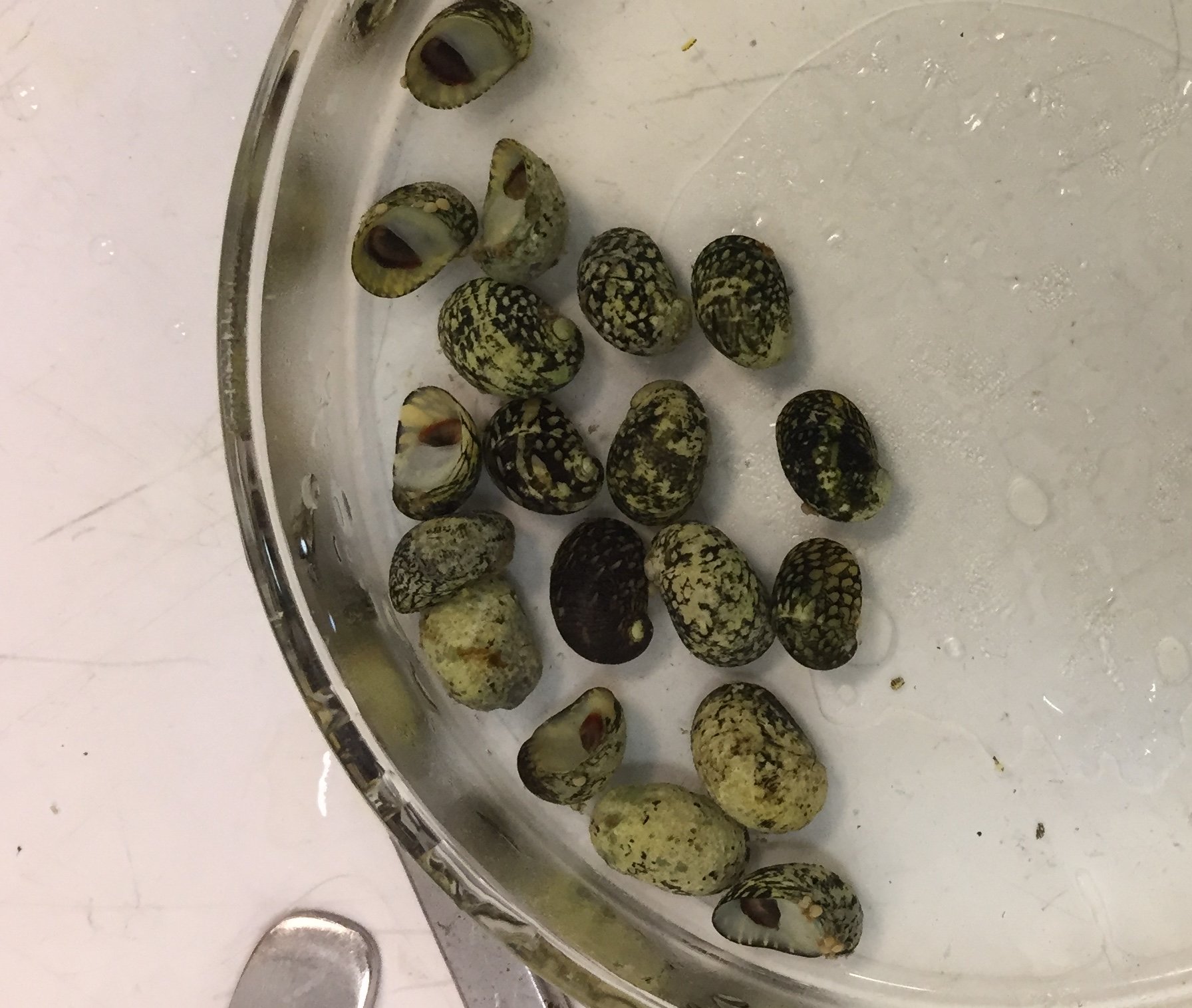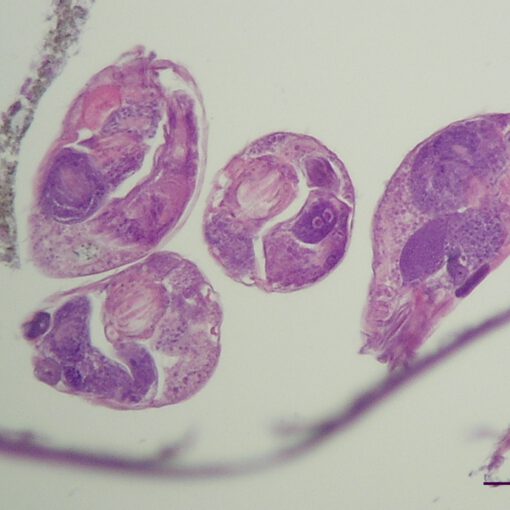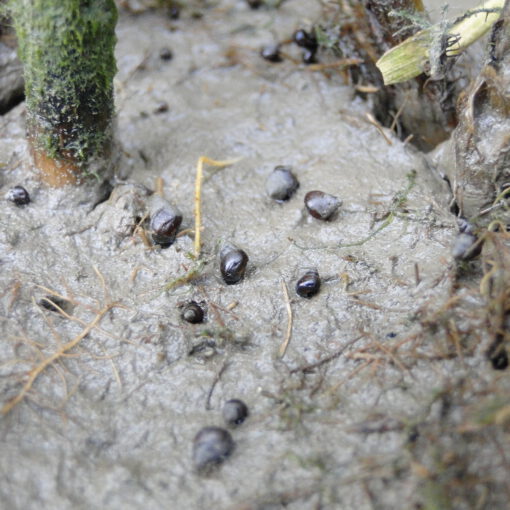Since several years LimnoMar is involved in studies on sublethal effects of copper applying histological methods. These studies were performed in marine species like Littorina littorea and brackish water species like Theodoxus fluviatilis (s.a. publications research project CHANGE).
The background of these studies is the input of copper by antifouling paints using copper as main biocide for commercial ships and leisure boats. In Germany, 140t of copper are annually released by leisure boats, which correspond to 20% of the total input of copper into surface waters. In 20% German marinas copper concentrations were above the EQS.
References
Bighiu, M.A., Watermann, B., Carney-Almroth, B. & A.-K. Eriksson Wiklund (2016):
Assessing effects of harbour contaminants on snails in situ. SETAC, 06. – 10. November 2016, Orlando.
Feibicke, M., Setzer, S., Schwanemann, T., Rissel, R., Ahting, M., Nöh, I., Schmidt, R. (2018): „Sind kupferhaltige Antifouling-Anstriche ein Problem für unsere Gewässer?“ Hintergrundgrundpapier Umweltbundesamt: 22 S. https://www.umweltbundesamt.de/sites/default/files/medien/421/publikationen/180724 uba_hg_kupferhaltiger_antifouling-anstriche_bf.pdf
Rothmeier et al. in Vorbereitung: Assessment of antagonistic effects of antifouling products on non-target species – a step forward to establish the grazer Theodoxus fluviatilis as a potential model organism.


